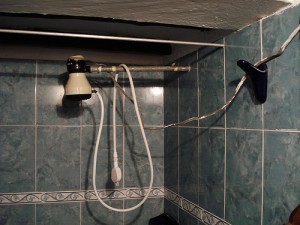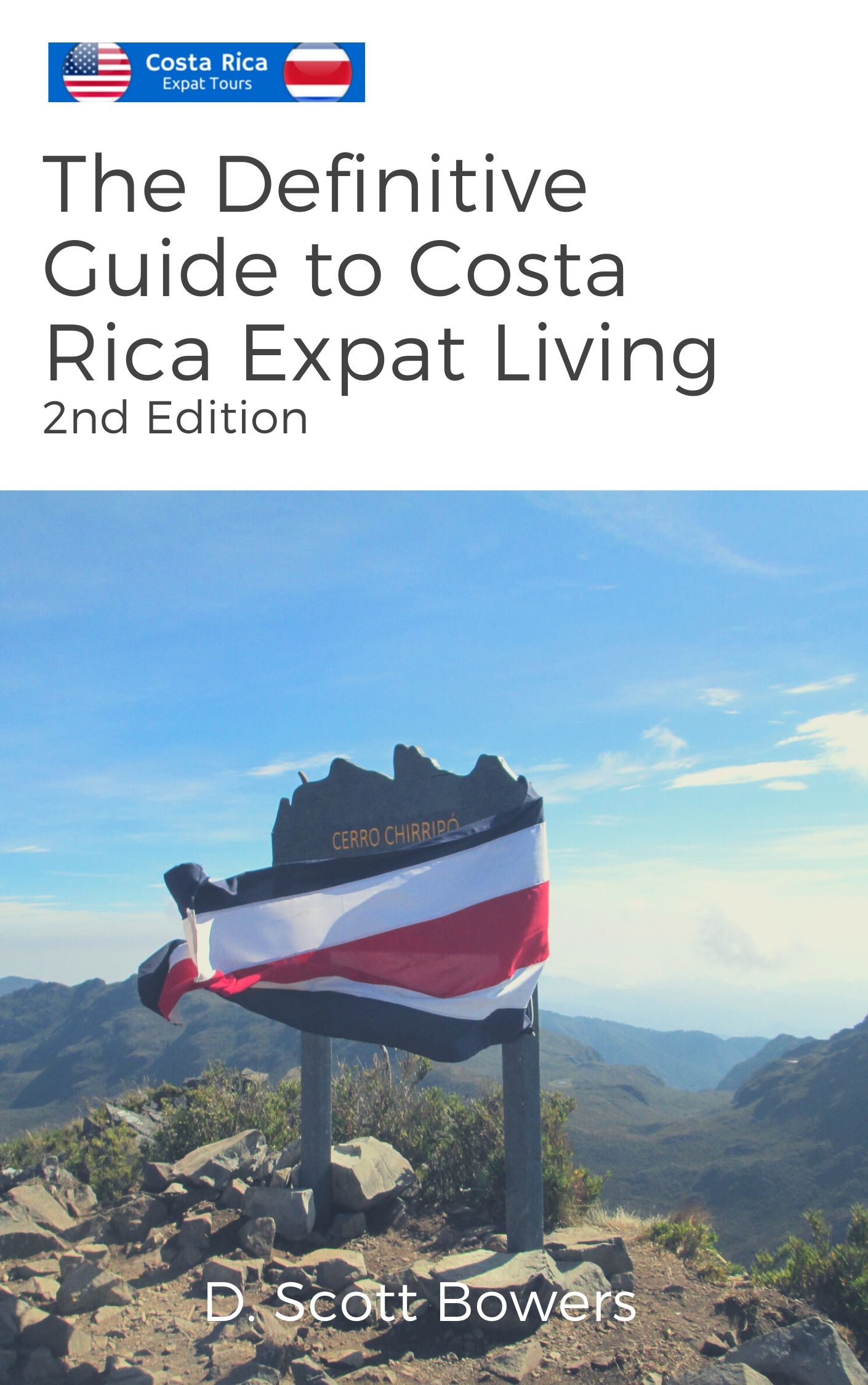
I can remember on one of my first trips to Costa Rica, back in 2001, when the owner of the university I was working for paid for me and my assistant to take a trip over to the Caribbean side.
I wanted to do a little surfing and they chose for me the tiny village of Cahuita (which has since become one of my favorite beach spots and a place I’ve written about often).
We stayed in a little thatched roof bungalow. It wasn’t “shangri la” by any means and one of the most interesting things about this early tropical experience was the shower.
The water was heated right at the tap with a contraption I am now quite familiar with…the “suicide shower.”
I remember being completely ignorant about what it was, what it was for, or how it worked. It scared the crap out of me. I started fiddling with the thing and received a nice shock! Okay, I decided, better just to go shower-less for this experience.
After learning what these devices were for and that they were quite common in the country, I vowed as a citizen of the U.S., not in my house! As I moved from place to place in the course of the last decade I have always demanded to have a traditional U.S.-style energy guzzling hot water heater.
That is, until now. I currently live in a home in Perez Zeledon that came equipped with suicide showers in every bathroom. I liked the place so much that I conceded that maybe I could live with these things.
And you know what, they aren’t that bad. I don’t really believe they deserve their nickname. I haven’t seen any hard data, but I doubt anyone has actually died taking a shower in one.
Although I am no expert, I would guess that they are a bit easier on the environment. You only receive hot water “on demand” rather than having a tank that is working to replenish a supply of hot water 24/7. Also, in order to get the temperature “just right” you have to turn down the volume a bit, thus conserving water as well.
Could you imagine how much energy and water could be saved if everyone in the U.S. switched to one of these? I know there are other ways, such as solar heated tanks, but what if the sun isn’t shining?
Judging from the typical tourist reaction to the contraptions, I don’t believe my suggestion will go over that well. In fact, I am not so naive as to believe any suggestion I make in this blog would ever actually be followed. I just get a kick out of being outrageous!
Certain things are simply taken for granted in the U.S., such as a great big old electricity sucking hot water heater. I guess the rest of us down here in the “third-world” will have to keep taking up the slack of American-style consumerism-driven environmental damage risking our collective lives taking suicide showers.
The suicide shower is actually kind of cool (in a warm way) once you get used to it.
Just don’t fiddle with the wires while you’re taking one!
image credit: dfinnecy via Compfight cc
P.S. I actually have no idea if they are more environmental friendly, or not. If anyone wants to chime in please do.
Here is a funny video about these contraptions…








Comments
João Luiz
I am Brazilian and the “suicide shower” is actually a Brazilian invention, present in most Brazilian houses. My grandmother got once an electrical shock, but it was around 40 years ago and the house didn´t have ground wire. Most houses in Brazil (I also believe in Costa Rica, but I´m not sure) don´t have central water heating, and this kind of shower is the only one that many (at laest in Brazil) will see in their lifes.